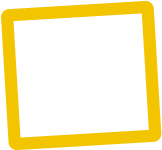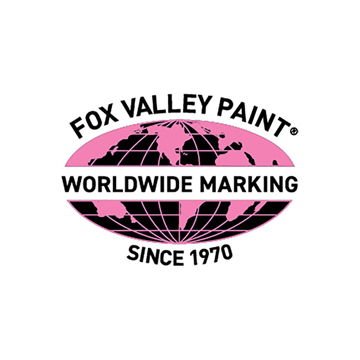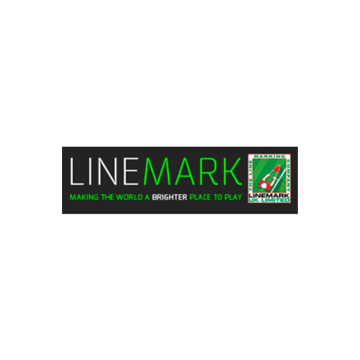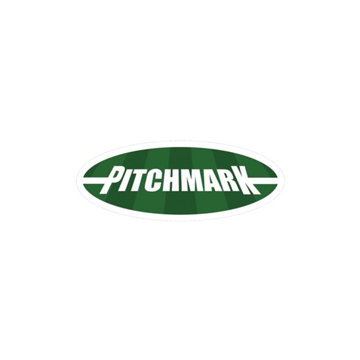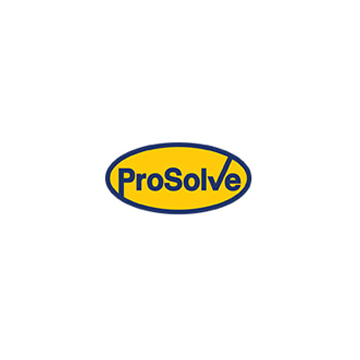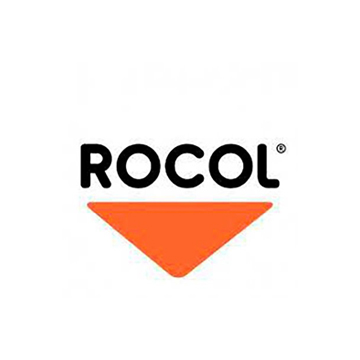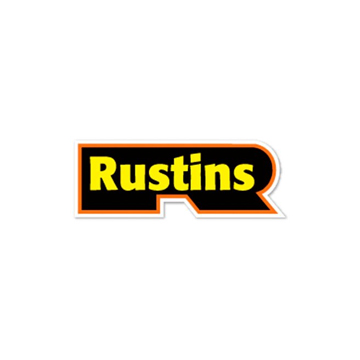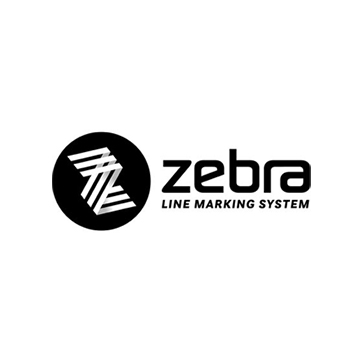Preparing Grass & Turf For Line Marking
Proper preparation of your field or turf will ensure precise and vibrant lines that will stand the test of time. Here are a few essential steps to help you prepare for line marking any grass turf.

INTRODUCTION
Line marking a large, open field or turf can be daunting upon approach. So, we have created this step-by-step guide to help you make a good start.
Proper preparation of your field or turf will ensure accurate and aesthetically pleasing lines that are guaranteed to last—saving the costs and inconvenience of frequent repainting further down the line.
CHOOSING YOUR PAINT & APPLICATOR
The crucial first step when preparing any grass surface for line marking is to consider the type and purpose: are you demarcating a permanent pitch or are you painting temporary markers and boundaries for an annual sports day? Are you marking on a natural grass field or are on an artificial turf?
Knowing the answers are necessary for selecting the most suitable paint and applicator for the job. Whether your pitch is Astroturf, 3G, 4G or any other type of artificial surface, we recommend our Zebra Artificial Grass Paint. This specially formulated solution is designed to offer premium permanent line marking on any artificial surface. This artificial grass paint is designed to be applied with a Zebra Line Marking Machine for the best results. Or, for a budget-friendly option, it can be applied manually with a brush or roller.
For grass pitches and fields, we offer an extensive selection of permanent paints, from liquid line markers to aerosol, from the UK's top brands like Zebra and Grassline. Any machine from our Grass Line Marking range is a fantastic fit for the job. Our temporary line markers includes Zebra Temporary Line Marking Paint, which can be washed away as easily as it is applied.
STEP ONE: CLEAR THE AREA
Think of your grass terrain as a blank canvas. Like all artwork, your canvas must be plain and smooth for the best results. Remove all items and equipment from the designated line marking location, and ensure all workers, visitors and vehichles are vacated from the area during the entire process. This makes it easier to manoeuvre the line marking machine around the area plus it is essential for the next step.
STEP TWO: CUT THE GRASS
Levelling out the playing field is imperative for achieving precise and neat lines. Mow the entire area until the grass is even. If you are preparing a football pitch, the official FA recommends that professional pitches should be cropped to between 25-30mm, whilst grassroots and amateur pitches tend to be anywhere from 25-50mm. Remove all cuttings and ensure that the entire pitch is equal.
STEP THREE: LEAVE UNTIL DRY
Painting on dry grass will achieve the best results. Similarly, if you have washed and cleaned artificial grass, wait until dry so the liner paint will successfully adhere to the surface, especially if you have chosen a water-based solvent.
STEP FOUR: MARK THE DIMENSIONS
Whether you are marking a sports pitch or a community event, planning is key. Like any construction project, a vital step is to plot out each measurement beforehand. If you are marking a sports pitch from scratch, everything you will need to string out a pitch, including measuring tape, pegs, stencils, string and a handbook is available in our Pitchmark Pitch Marking Out Kit.
STEP FIVE: PREPARE YOUR PAINT
While you can use some formulations neat, certain line marking paints need to be diluted with water using specific ratios. Check the description of your paint to find out the ratio required and mix thoroughly. For example, Zebra's Concentrate 3:1 Line Marking Paint requires a dilution rate of 3 parts water to 1 part paint, (e.g. 9 litres of water into 3 litres of paint), which should be mixed thoroughly until combined.
STEP SIX: PREPARE YOUR MACHINE
Whether you are using a transfer wheel line marker, electric pump or a handheld paint applicator, your machine must be set up correctly to complete the job. Pour the paint into your line marker, or put the probe into the paint tank, (or bottle if you are using a spray marker). Once your applicator is successfully set up, you are ready to go!
GET IN TOUCH!
If you have any questions about the preparatory measures for line marking grass surfaces, or if you have any queries about the products listed in this article, don't hesitate to get in touch!
Our team of experts is happy to help over the phone or via LiveChat. Remember to check out our other blogs for additional guidance and information on all things line marking!
